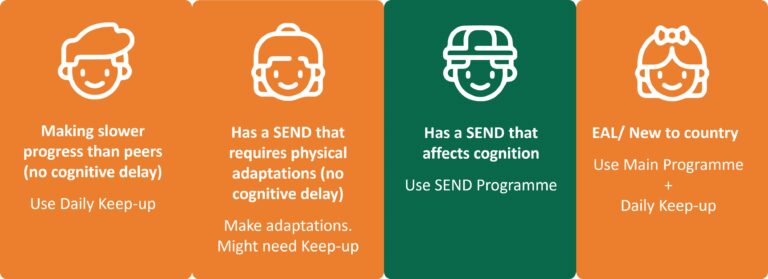Activity 1: Units of Measurement
Suitable for: Year 2 to Year 6
Learning Focus: To recognise and learn the units of measurement for time
You’d be surprised how many pupils believe that time, like other measurement follows the metric system and that there are 100 minutes in an hour.
This activity gives them an aide memoire for time measures and also provides some calculator practice.
Use the attached worksheet with the class filling in the gaps by referring to a clock. If you have access to them it’s useful to let the pupils have a card click each or between two so they can see the measures close up.
Ask them to count how many small marks (seconds and minutes) there are on the clock face. Some will be clever and count in fives, others will do it one at a time, and fill the space on the sheet with information. Continue with minutes and hours.
Now ask them to use calculators to answer questions such as . . .
“How many seconds are there in 5 minutes?”
“How many hours are there in a week?”
“How many weeks in 5 years?”
Activity 2: Strategies for telling the time
Suitable for: Year 1 to Year 6
Learning Focus: To be able to use strategies for helping to tell the time
Learning to tell the time is very difficult at first as countless pupils will testify. There are some mini strategies that they can use to help make it easier for them.
Share these with them and hopefully those little problems will start to disappear.
Which hand is which?
Some pupils confuse which hand is the minute hand and which is the hour hand meaning that twenty to six becomes half past eight. An easy way to remember is that the word “minute” is longer than the word “hour” so the minute hand is the longer one.
Past or to?
Another common problem but again easily resolved. Show the pupils the minute hand on the twelve and the hour hand on the four and they’ll know it’s four o’clock. Show them now the minute hand moving from 1 to 30 minutes and they’ll see it’s gone PAST the 12 that shows the “o’clock” time. From 31 to 60 they’ll see that it’s moving up TO the 12 so it’s minutes TO the next hour.
How many days in a month?
This is a really tricky one for some pupils but memorising the rhyme on the worksheet, it will get a lot easier. Another way is to realise that with the exception of August, alternate months have 31 days i.e. January, March, May, July, (August), October, December.
Activity 3: 24 hour clock
Suitable for: Year 3 to Year 6
Learning Focus: To understand how 24 hour clock time is formulated
Using the 24 hour clock can seem daunting for pupils but when they see it’s just an extension of digital time but without the “am” or “pm” and you remind them that it’s only a case of keeping on counting from 12 instead of starting again at 1, they’ll see it’s quite easy. Equally, changing back from 24 hour time to 12 hour only means that if the hour is greater than 12, subtract 12 and you’ll have the time in the afternoon or evening.
Give them some practice with the attached question sheet.
Activity 4: Calculating duration
Suitable for: Year 4 to Year 6
Learning Focus: To be able to calculate the duration between two times
One of the biggest mistakes made here by pupils is thinking that they can simply do a subtraction. This works fine with say, calculating the time between 8.15 and 11.38 but when faced with finding the time between 11.29 am and 3.15 pm, all kinds of problems appear. For that type of question, pupils often try a vertical subtraction which will work as long as you remember that there are 60 minutes in an hour.
Instead, number lines are the best way of calculating duration. They enable pupils to calculate duration even when days are included.
To calculate the duration from 09.33 am to 3.12 pm, write the times at each end of a line. Then count the minutes to the next hour, the hours up to the time you’re ending with then add on the final minutes.
For some practice, use the questions on the accompanying sheet.



